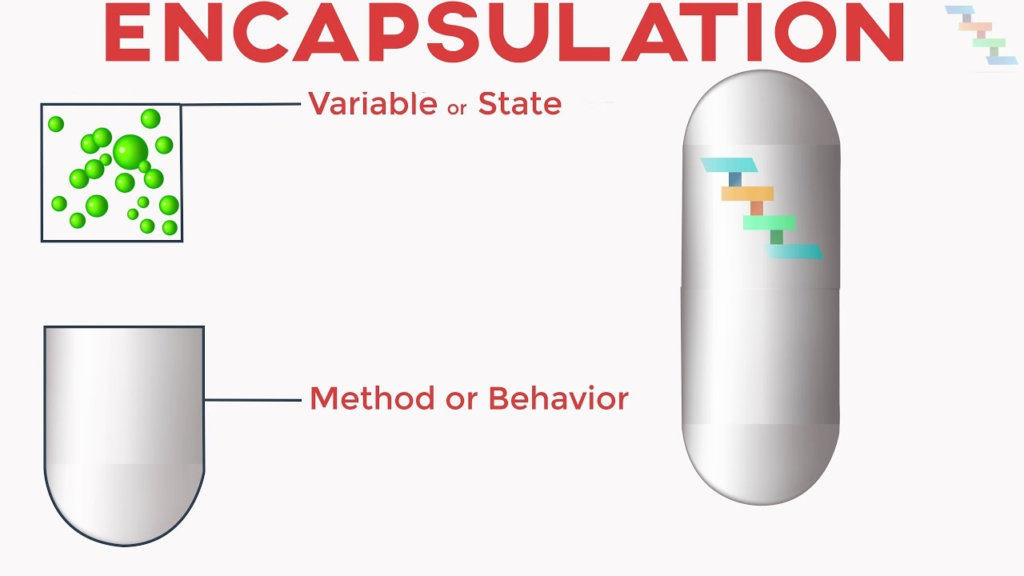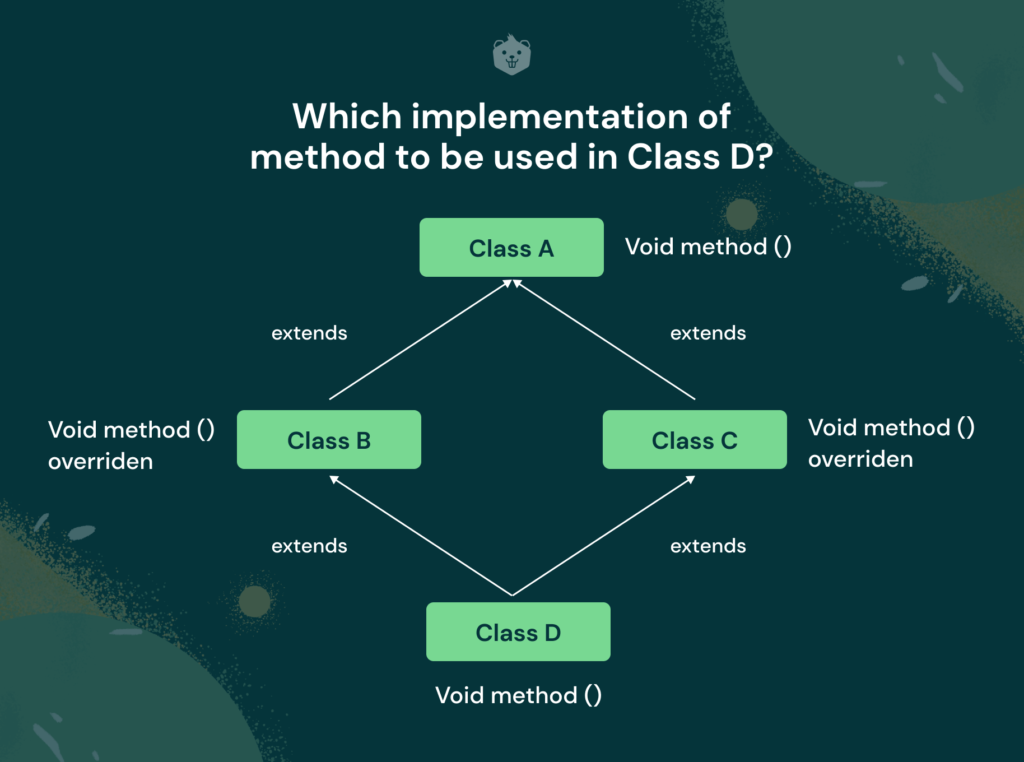Object-Oriented Programming (OOP) relies on fundamental principles with which a developer can create software that is robust, maintainable, and scalable. Among the principles, encapsulation vs abstraction are the chief concepts that can be addressed. They do, however, accomplish different tasks when applied. Their differences can help a coder write cleaner, efficient, and organized code. This article takes a deeper dive into encapsulation and abstraction-their unique characteristics and insights on effectively leveraging them.
What is Encapsulation?

Encapsulation refers to, with regards to classes, the grouping of two components: data (variables) and the methods (functions) to carry out any manipulations on this data. Encapsulation may restrict direct access to some of the object’s components, and thus, protect the internal state of the object from unintended interference and misuse.
Key Aspects of Encapsulation:
- Data Hiding: Encapsulation denotes an object-oriented programming language process to conceal certain parts of the class from the outsiders. In the view of Java, C++, Python, there are limited access specifiers, such as private, protected, and public, to provide such access.
- Controlled Access: Encapsulation restricts access to Java formation and basically hides, limits the bounds of an object, and organizes the lines of code.
- Improved Maintainability: External Code do not get changed if there is a change made to a class’s internal implementation, leading to easier maintenance of software.
What is Abstraction?
Abstraction refers to hiding the implementation details and exposing only the relevant features to the user. This allows the user to think about what the object does rather than the underlying process through which it does it.
Key Aspects of Abstraction:
- Simplification of Complex Systems: Being a useful intermediate elaboration, abstraction provides the necessary higher-order functionalities and hides whatever hides below the core surface, the implementation part.
- Implementation Independence: The basics of your code can be altered without bothering the user interface.
- Enhances Modularity: This will allow for the different implementations of the same interface to coexist, leading to a modular and scalable code base, by the definition of abstract classes and interfaces.
Key Differences Between Encapsulation and Abstraction
| Feature | Encapsulation | Abstraction |
| Definition | Bundles data and methods into a single unit while restricting direct access to certain components. | Hides implementation details and exposes only necessary functionalities. |
| Purpose | Protects object integrity by preventing unintended interference. | Simplifies usage by concealing complex implementations. |
| Implementation | Achieved using access specifiers (private, protected, public). | Achieved through abstract classes and interfaces. |
| Visibility | Internal data is hidden but accessible through methods. | Implementation details are hidden, exposing only relevant features. |
| Example | Private variables in a class with getter and setter methods. | Abstract base classes defining method signatures without implementation. |
How Encapsulation and Abstraction Work Together

Abstraction and encapsulation are works often done in parallel while developing solid software systems. The most aim of encapsulation is to ensure data integrity by restricting access while that of abstraction is to provide a simplified and even friendly interface to interact with complex functionalities.
Conclusion
These two concepts, encapsulation vs abstraction, stand among the most important features of Object-Oriented Programming used in securing, reusing, and maintaining code. Encapsulation is primarily concerned with securing the data while managing access to it, while abstraction emphasizes hiding the implementation which is, under normal circumstances, extremely complex. When both of these concepts are rightly used, they enable the developers to design scalable and maintainable software architectures.
Jazz Cyber Shield is all about diving deep into the core programming concepts to help you develop secure and efficient applications. Wait for more detailed discussions on OOP principles and their real-life applications!




This blog is a lifesaver! I was preparing for a technical interview and kept mixing up encapsulation with abstraction. Your step-by-step breakdown and practical examples made it crystal clear. I also appreciate that you explained how they work together in real-world applications. Keep posting more content like this!
Finally, a post that clearly distinguishes encapsulation from abstraction without overcomplicating things! This helped me improve how I structure my classes in Java and Python.
I really enjoyed how clearly you explained the difference between encapsulation and abstraction. Most articles make it confusing, but your examples made it super easy to grasp. As a beginner in OOP, this helped me understand why both concepts are essential for cleaner and more efficient code. Definitely bookmarking this for future reference!